Creating an efficient program requires a good data structure that categorizes the data in appropriate form. A developer needs to know a suitable type of data structures for respective functions. This article explains the uses of data structures in C programming and its types. Let’s dive into the concepts.
Uses of Data Structures:
- A data structure in C can also define as a programmable way of arranging and storing data into accessible and understandable structures.
- In every program, a data structure associate with efficient functioning.
- Most data structures use in complex applications and functions where huge amounts of data generate.
- Data structures help to solve three kinds of problems that occur commonly in data-rich applications and functions.
Searching:
In a huge inventory to search a particular data, every time will make the searching process slow. Through a data structure algorithm, we can create a process to identify a specific data.
Speed:
If the data grows continuously then the processing speed becomes low. To overcome this problem we are using data structures.
Multi-Process:
If data is accessed by multiple users simultaneously then there is a chance of system crash. To solve this we are using data structures.
Types of Data Structures:
In C programming there are many types of Data Structures. Here some of them list out.
- Array
- Linked List
- Stack
- Queue
- Binary Tree and Binary Search Tree
- Heap
- Hashing
Array:
An array is a type of data structure in the C programming language. It helps in the grouping of similar data of primitive data types like int, float, double, etc., which store in adjacent locations in memory. Each piece of data can be retrieved back by using the indices in an array. Arrays can also store derived data types like structures and pointers.
Array Declaration in C:
- Datatype arrayname [size];
- Declaration and starting can be done at once
Datatype arrayname [] = {element 1, element 2, element 3};
Applications:
- It helps storing data linearly.
- It is most relevant for applications that require recurrent searching
Linked List:
A Linked list is one type of linear data structure. Here the data stored are linked using the concept of the pointer. The data is not stored adjacently in the linked list. Here the data can be accessed linearly. It also allows simple insertion and deletion methods.
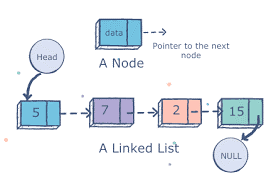
There are three types of Linked List:
- Singular Linked List
- Circular Linked List
- Doubly Linked List
Applications:
- Relevant for applications where recurrent insertion and deletion require.
- It is appropriate where memory is limited.
- Also Read: Why Is Blockchain Technology So Vital To The World?
Stack:
Stack is a linear data structure that follows a specific request wherein the tasks perform. The request might be LIFO(Last In First Out) or FILO(First In Last Out). There are some genuine instances of a stack. Consider an illustration of plates stacked more than each other in a hotel. The plate which is at the top is the first to be eliminated, for example, the plate which has been put at the bottom-most position stays in the stack for the longest time frame. In this way, it very well may be basically seen to follow LIFO(Last In First Out)/FILO(First In Last Out) requests.
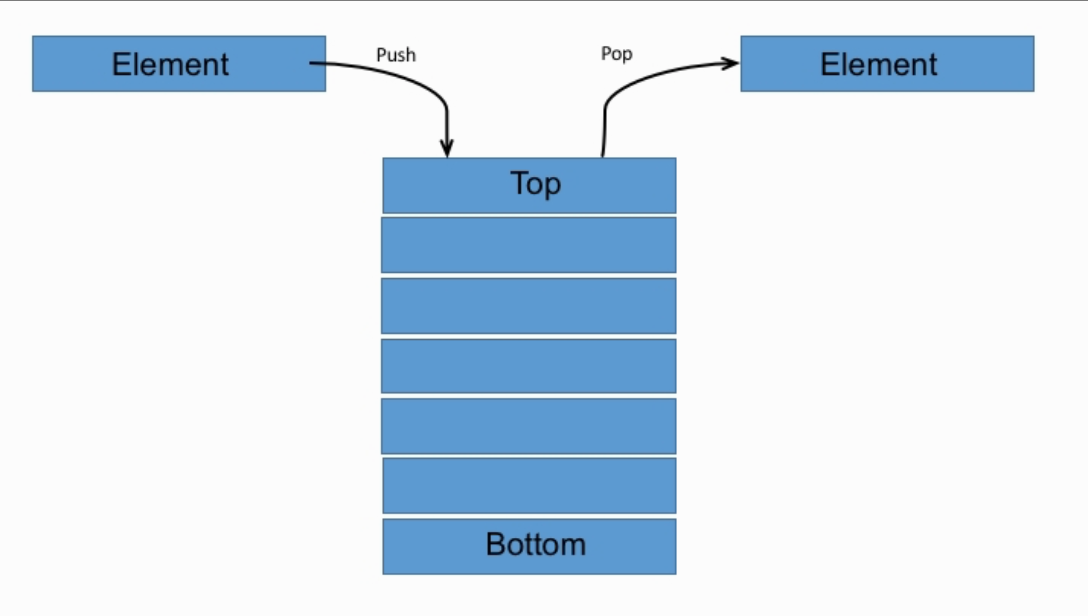
Applications:
- It helps to perform recursion
- It helps to perform parsing
- Arranges stored data in LIFO order.
Queue:
A Queue is a linear design that follows a specific request where the tasks perform. The request is First in First out (FIFO). A genuine illustration of a queue is any queue of buyers for an asset where the customer that started things out is served first. The contrast among stacks and queues is in eliminating. In a stack we eliminate the thing the most recently added; in a queue, we eliminate the thing the least recently added.
Applications:
- It helps in handling data
- It can do in scheduling data
- This keeping a record of the timeline.
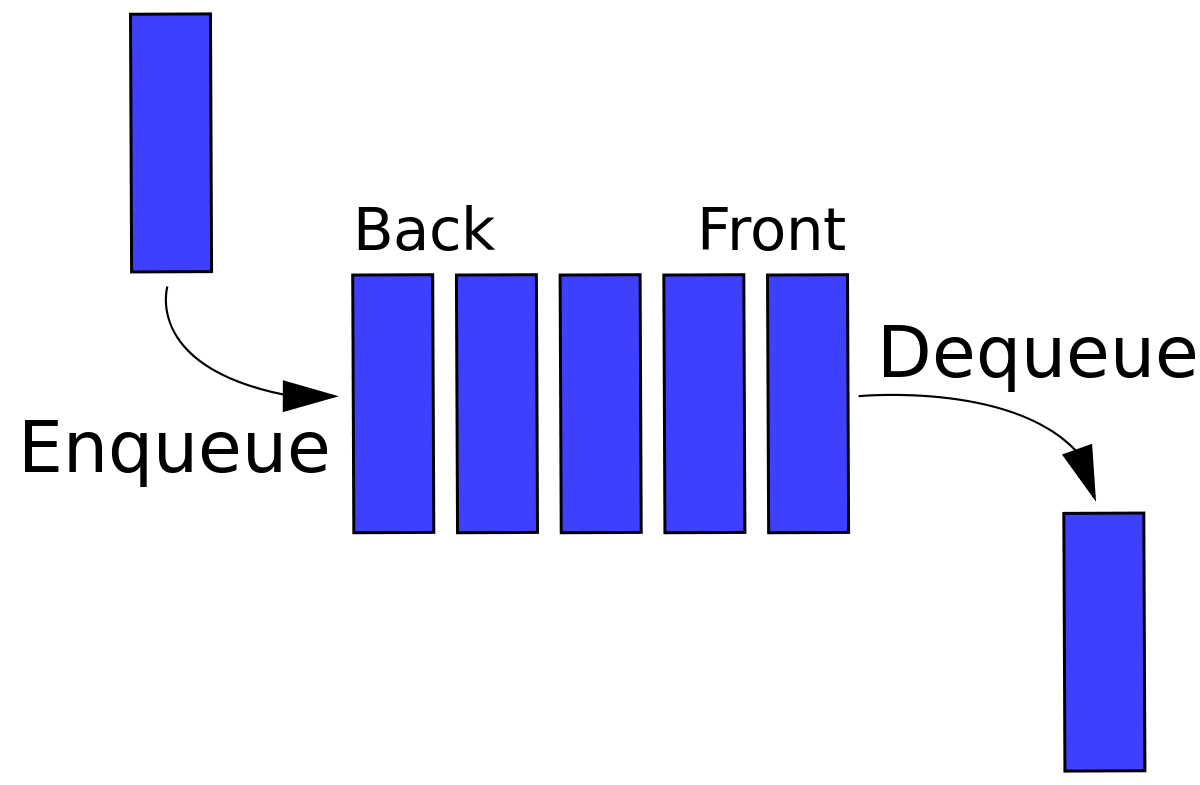
Binary Tree and Binary Search Tree:
A tree structure that contains two children is called a binary tree and it is mostly named as left and right child.
Binary Search Tree is a node-based binary tree data structure that has the accompanying properties:
- The left subtree of a node contains just nodes with keys lesser than the node’s key.
- The privilege subtree of a node contains just nodes with keys more noteworthy than the node’s key.
- The left and right subtree each must likewise be a binary search tree.
Applications:
- Diverse variations in binary trees possess different kinds of applications.
- It supports in the file system hierarchy
- In binary tree insertion and searching very efficient compare to other data structures in C
- A binary search tree is also relevant for hierarchical data which sort.

Heap:
A Heap a unique Tree-based data structure in which the tree a finish binary tree. For the most part, Heaps can be of two kinds:
Max-Heap:
In a Max-Heap the key present at the root node should be most prominent among the keys present at all of its children. A similar property should be recursively valid for all sub-trees in that Binary Tree.
Min-Heap:
In a Min-Heap the keys present at the root node should be minimum among the keys present at all of its children. A comparable property should be recursively valid for all sub-trees in that Binary Tree.
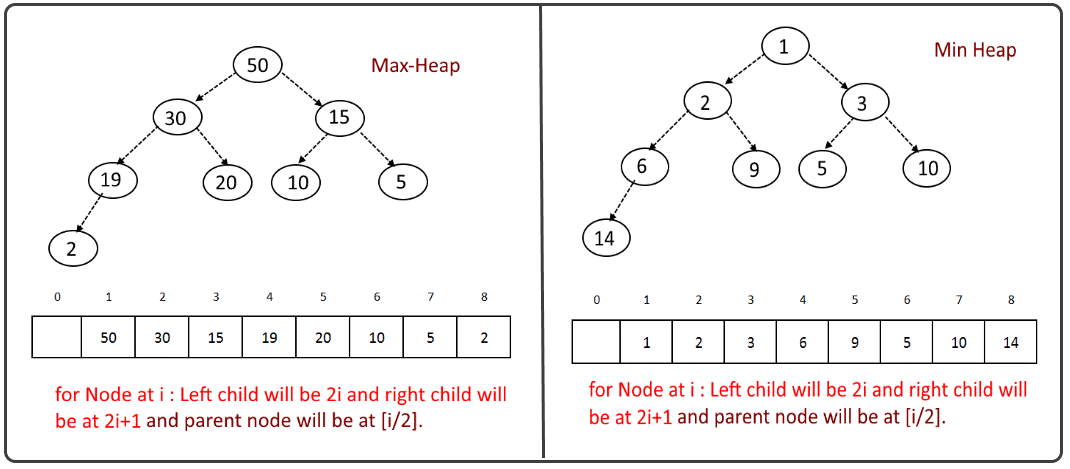
Applications:
- It helps in dealing with priority
- Also supports scheduling the algorithm for various purposes.
- And helps in caching data.
Hashing:
Hashing is a method or interaction of mapping keys, values into the hash table by utilizing a hash function. It is accomplish for quicker admittance to components. The proficiency of mapping relies upon the effectiveness of the hash function utilized.
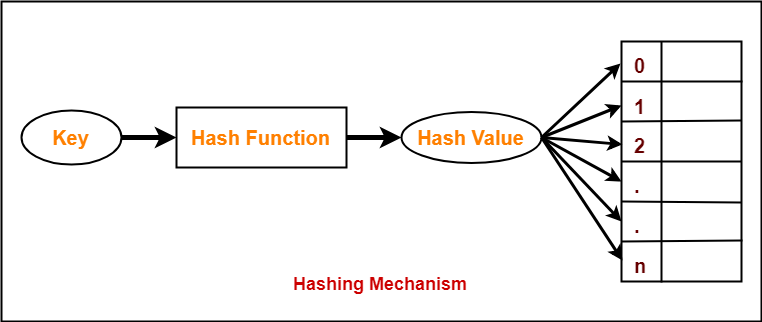
Applications:
- Hashing helps in applications where constant time retrieval is necessary.
- It is also an efficient way to store elements.
Conclusion:
We learn different types of data structures in the C programming language. Now we can select a perfect data structure according to the requirement with this knowledge. I hope this article is useful and helpful to different data structures.












